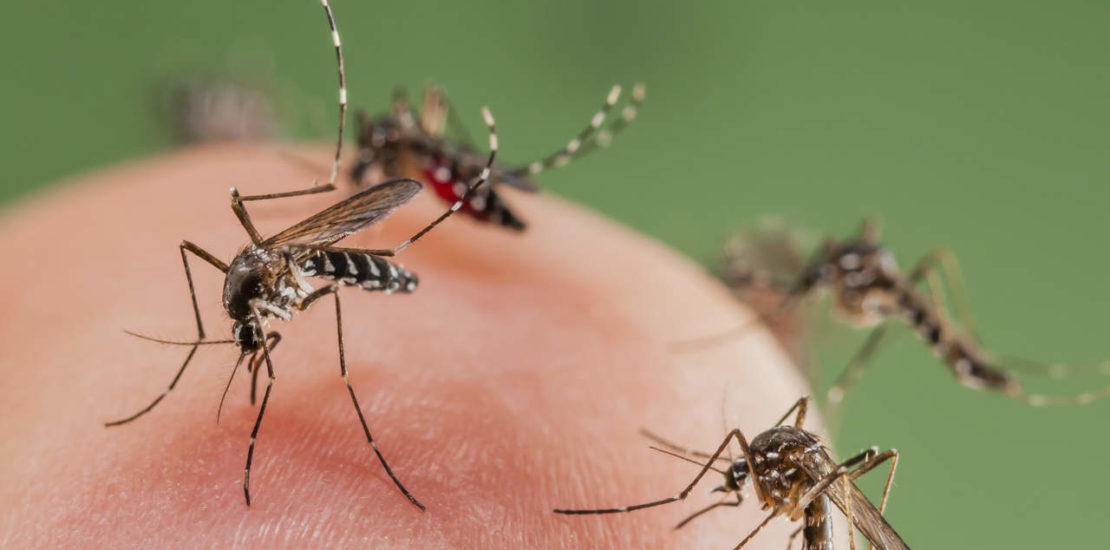West Nile Virus
- August 16, 2018
- Posted by: arksidemarketing
- Category: Insects

A patient in Los Angeles County and two patients in Riverside County were the first human cases of West Nile virus (WNV) in California this summer. Another seven confirmed human cases of the virus have been reported in areas including Los Angeles, Riverside, and Eastvale, reports The Press-Enterprise.
Protect your family by learning more about WNV and the mosquitoes that carry the disease. Here are four things you should know.
1. Over 100 Mosquito Species Are Vectors
A vector is a species that is able to transmit diseases to other species. Human cases of WNV are transmitted by mosquitoes. Up to 150 different species of mosquitoes can carry the WNV.
The most common mosquito vectors for WNV are Culex types. These mosquitoes include:
- Western encephalitis mosquito ( Culex tarsalis)
- Northern house mosquito (Culex pipiens)
- Southern house mosquito (Culex quinquefasciatus)
Culex mosquitoes feed at dawn, dusk, and after dark. These mosquitoes can transmit the WNV to horses, humans, and birds.
2. Birds Carry WNV But Don’t Transmit to Humans
Mosquitoes pick up the virus when feeding on birds that have been infected with WNV. The infected birds acquired their WNV from other mosquitoes infected by other birds. It’s a cycle from mosquito to bird and back to mosquito.
Crows and jays are common carriers of WNV, but many types of birds can be infected with the disease. Predatory birds can sometimes become infected after eating dead birds that have been infected with the WNV.
Birds may show no signs of WNV until their brains become affected. Then, the birds lose balance easily, ruffle out their feathers, and remain close to the ground.
If you suspect a bird has WNV, or you find a dead bird on your property, contact your area’s vector control center to report the bird and takes steps to protect yourself and your family. Wear gloves when handling dead birds. Transmission is unlikely from bird to human, but it’s better to be safe than sorry.
3. Effects of WNV on Humans Vary
In 80 percent of human cases of WNV, infected people don’t show or feel any symptoms. One in five people infected with WNV can experience symptoms similar to the flu.
These symptoms may include:
- Headache
- Body ache
- Nausea
- Swollen lymph glands
- Fever
- Stiff neck
- Rash
- Drowsiness
West Nile encephalitis or meningitis can cause more life-threatening symptoms. However, according to the Centers for Disease Control and Prevention, less than one percent of infected patients develop advanced stages of WNV.
4. You Can Remove Standing Water to Reduce WNV Risks
The Culex mosquitoes that carry WNV prefer to breed in water sources near homes and agricultural areas. To reduce populations of WNV around your home, tip out any standing water you see.
Places that are breeding sources for Culex mosquitoes include :
- Ponds
- Vegetated pools
- Drains
- Underground water
- Old tires
- Foul water
- Pails and containers
Walk around your home daily to make sure no standing water is available for egg laying. Dump out any kiddie toys, yard equipment, and other items that catch and hold rain or sprinkler water.
Make sure all window and door screens are attached securely to your home. Screens should have no holes or other openings that mosquitoes can enter. Use DEET-based repellents if you’re outdoors when mosquitoes are most active.
Lower your risk of acquiring WNV by scheduling pest control treatment when your home is in an area of moderate-to-heavy mosquito activity. Your pest control professional has safe and effective treatments for all types of mosquitoes. Treatments are available for adult mosquitoes and other life stages of the insect’s development.
Eliminate pesky and disease-transmitting mosquitoes on your property by contacting Craig & Sons Termite & Pest Control, Inc. today. We can treat your residence for mosquitoes within a 75-mile radius of Riverside, California.
